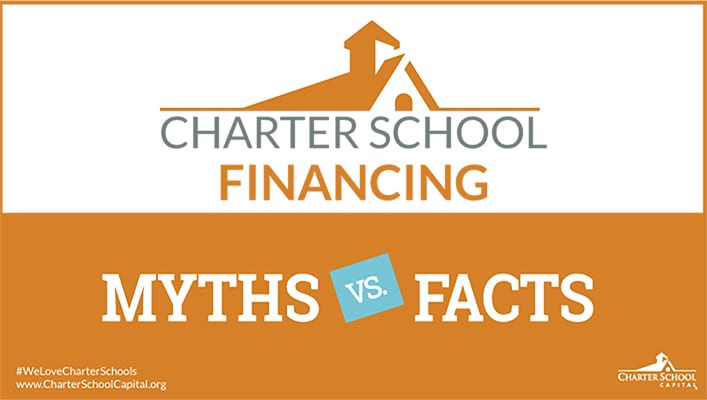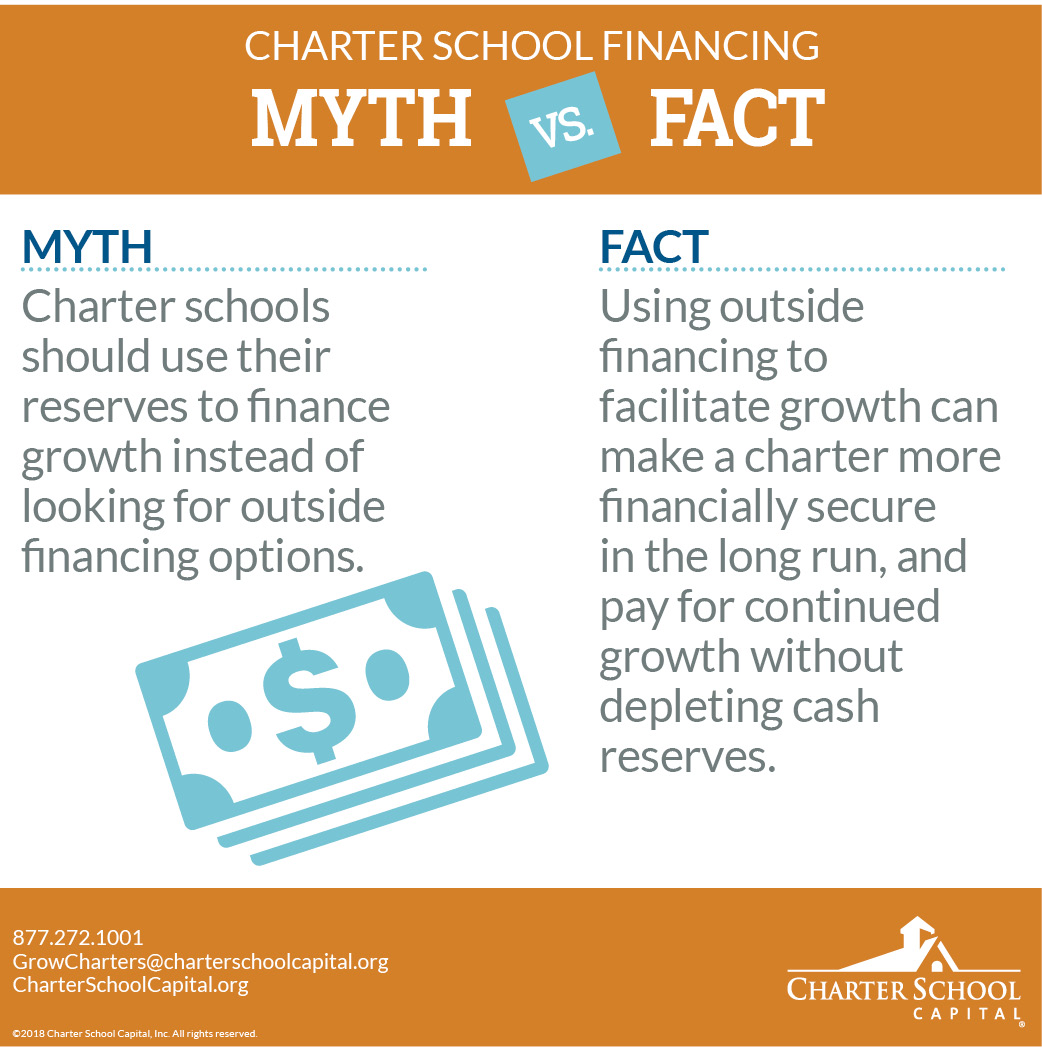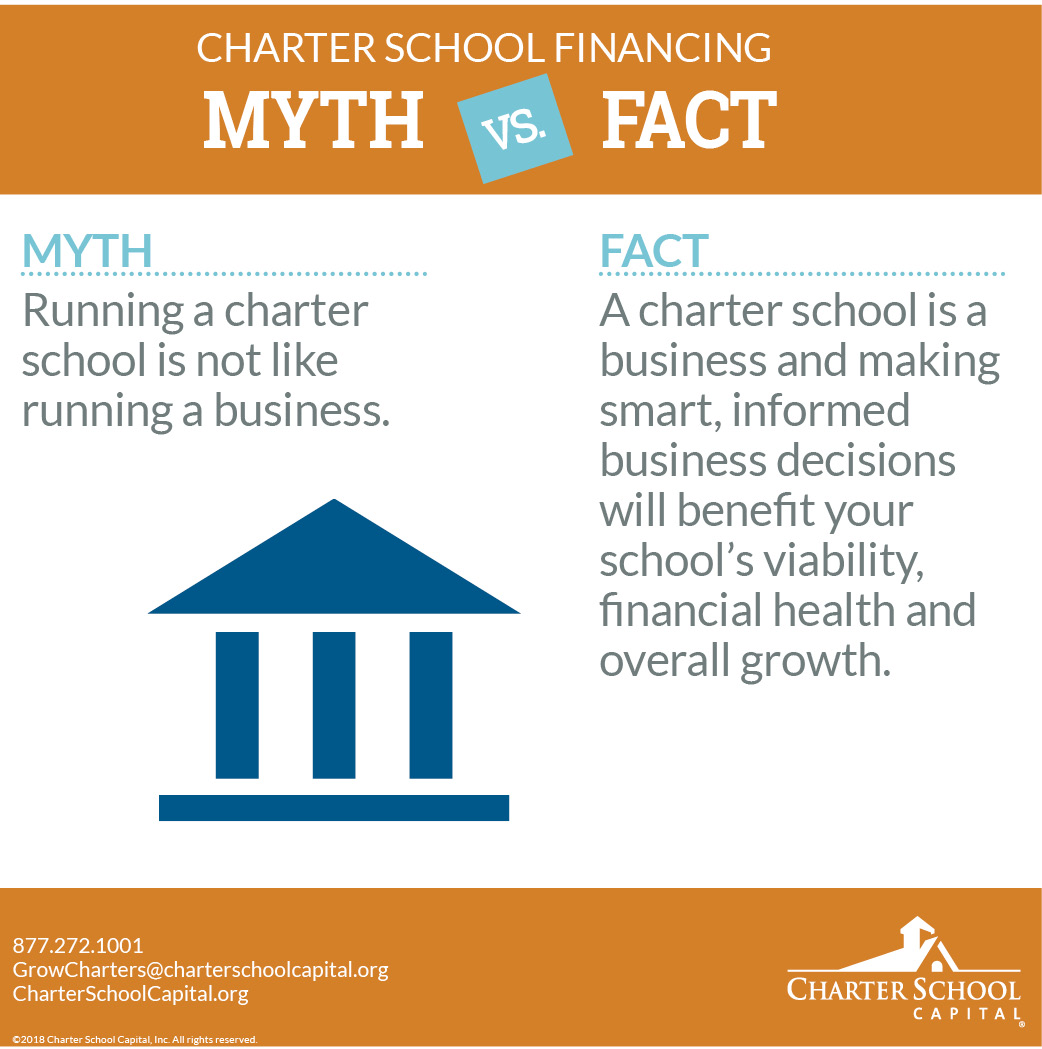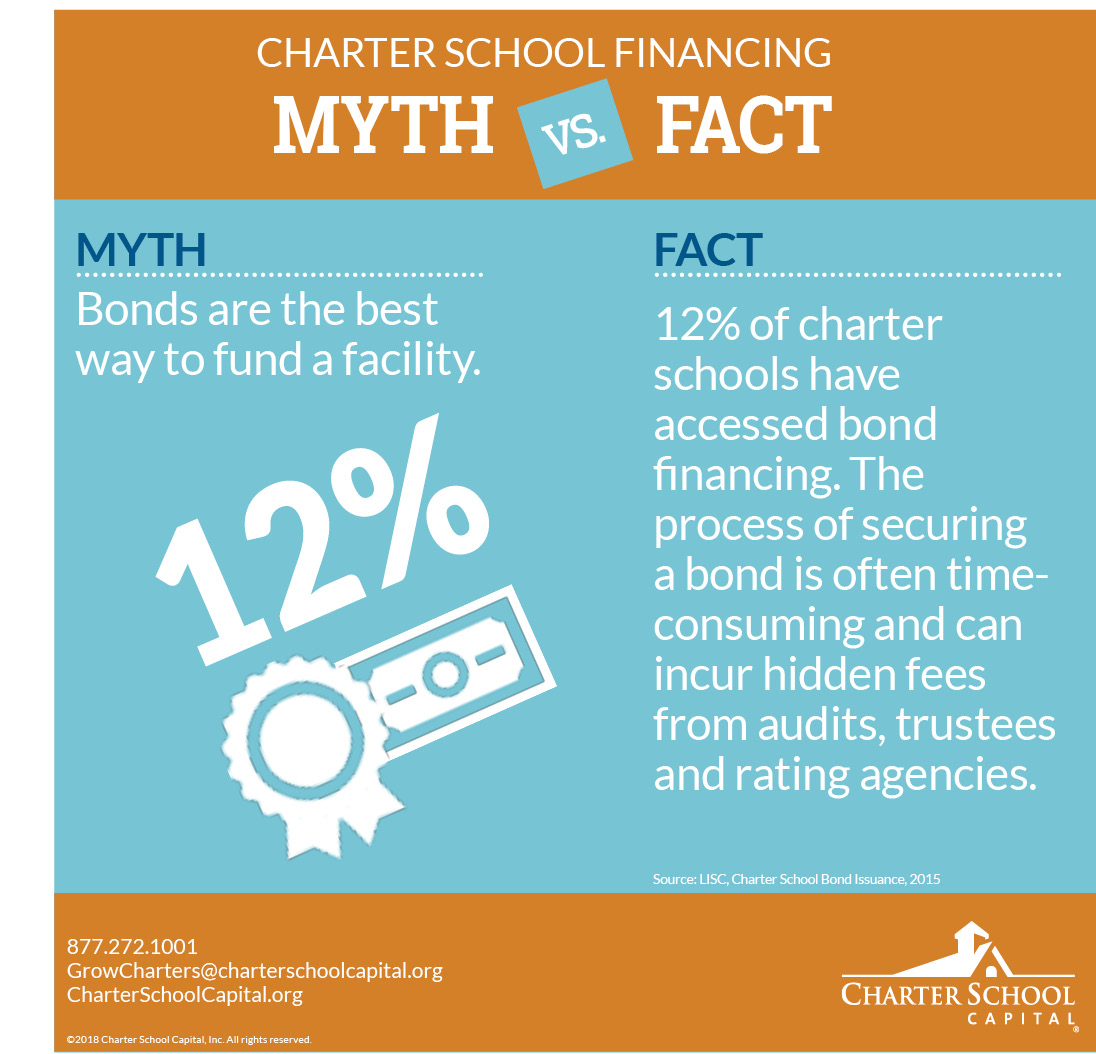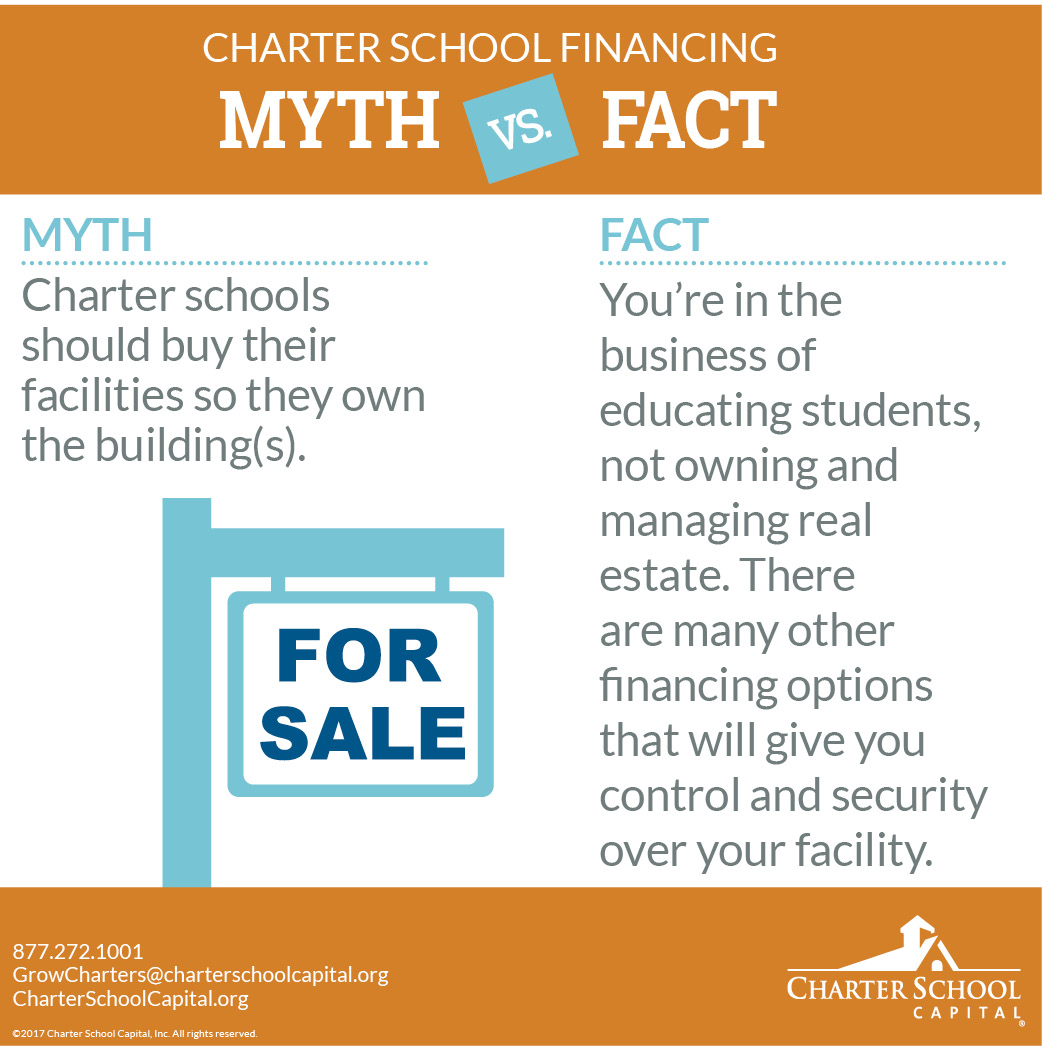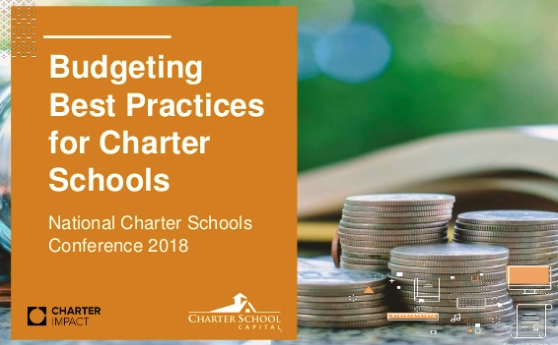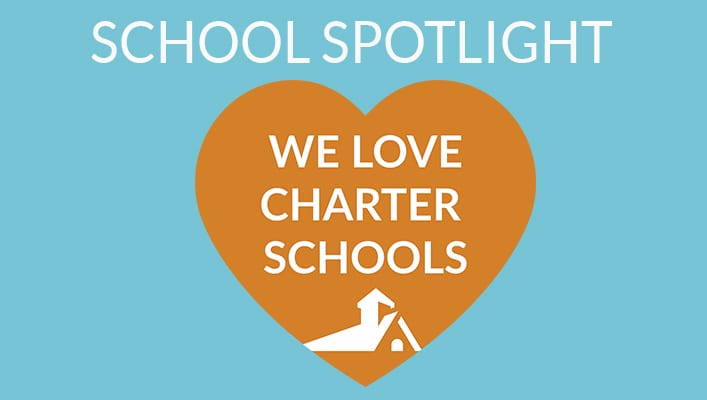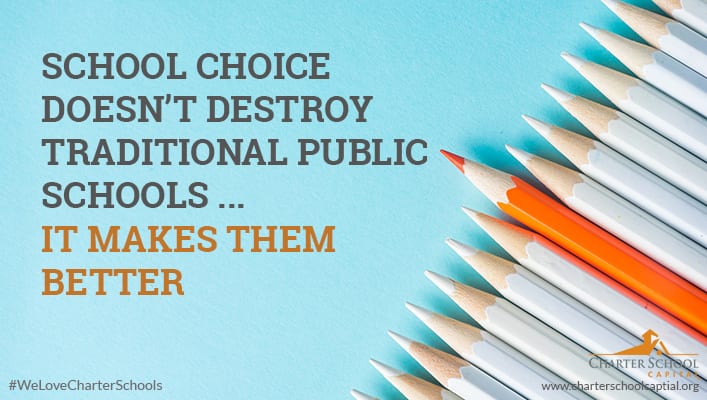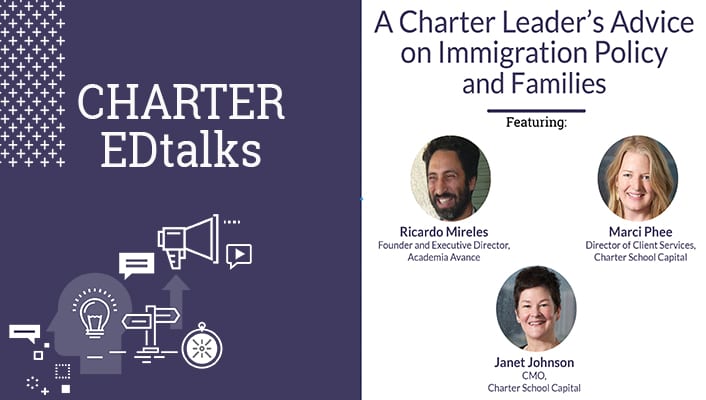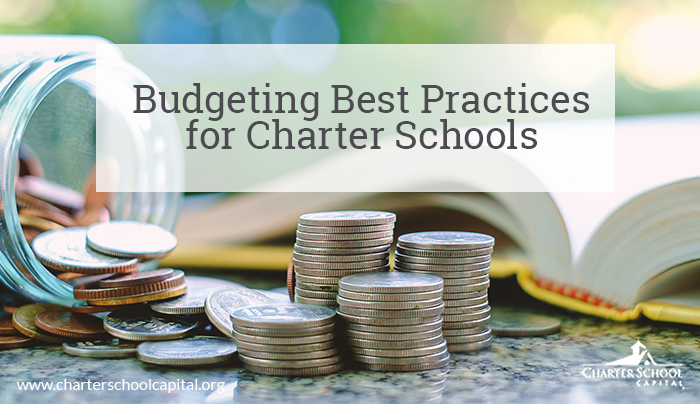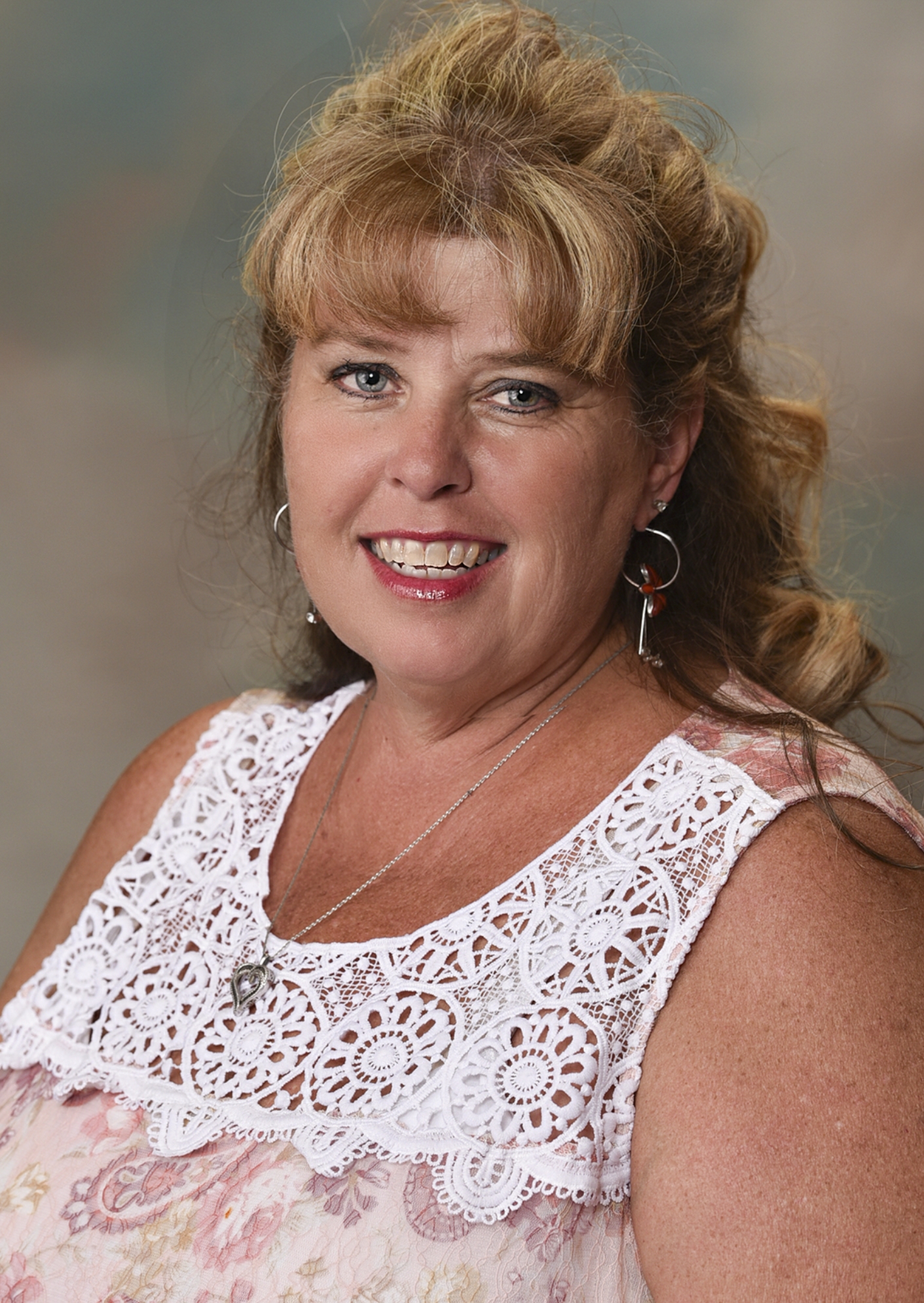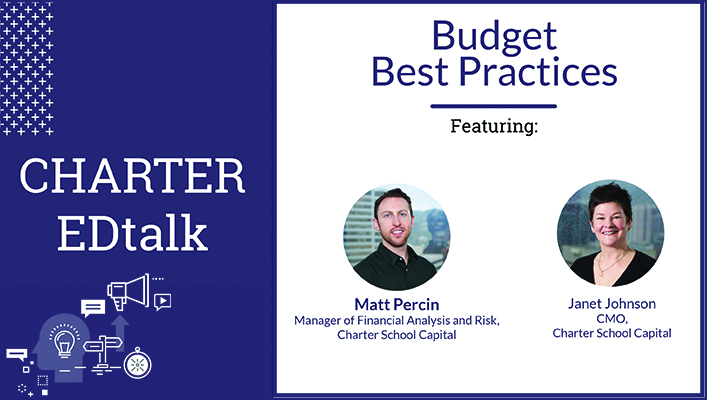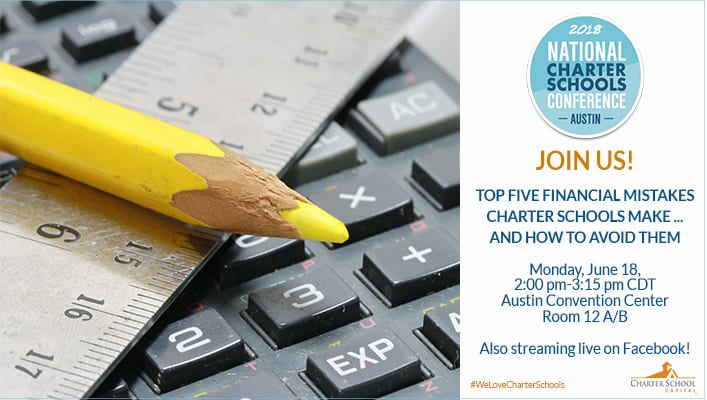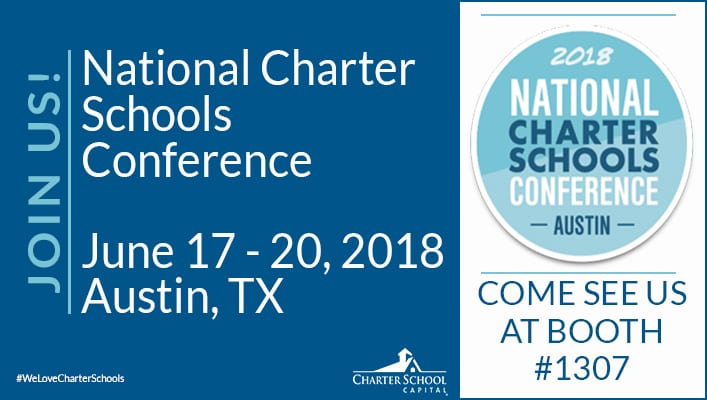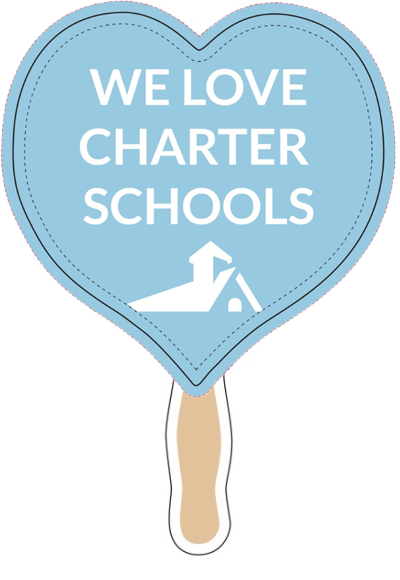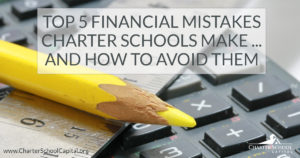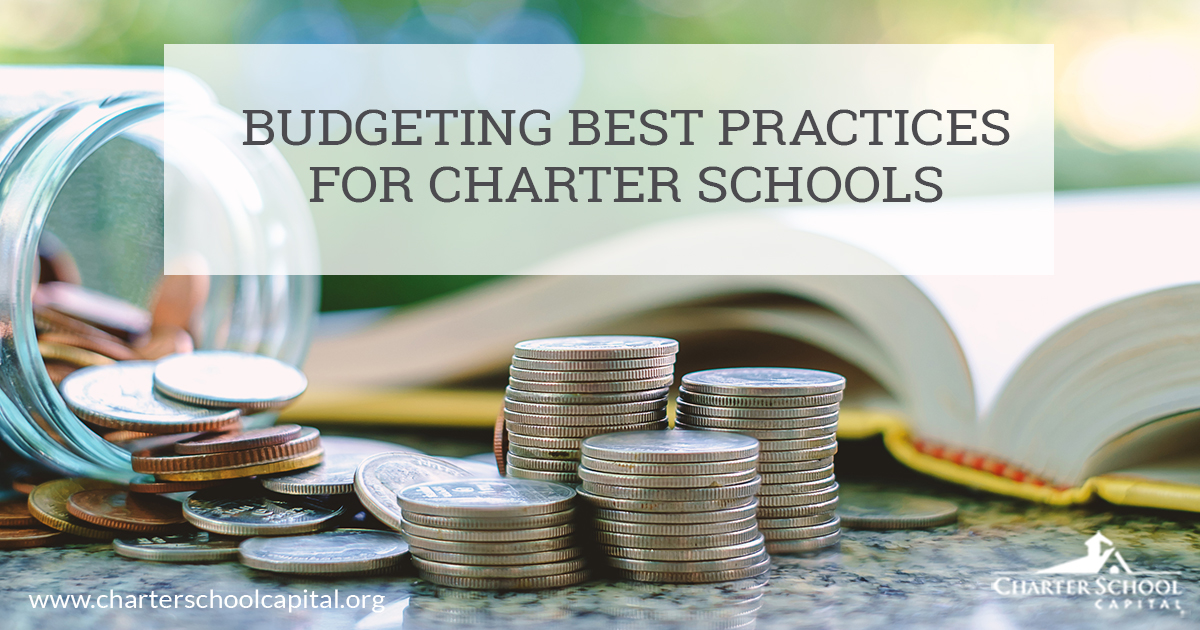 Walton Family Announces $100 Million for Charter School Investments
Walton Family Announces $100 Million for Charter School Investments
Editor’s Note: This post about the Walton Family grants towards charter school investments was originally published here, on June 19, 2018, by the Walton Family Foundation.
More than $100 million in new grants will support diverse and innovative school models and leaders
AUSTIN, Texas – Today, the Walton Family Foundation announced efforts to build and expand on two decades of school startup grants to fuel the growth of high-quality schools across the country. The strategy, detailed in Rooted in Opportunity: The Walton Family Foundation’s Approach to Starting and Growing High-Quality Schools, includes continued grants to proven organizations, like those that help create successful charter schools, with an expanded focus on innovative school models to meet the learning needs of all children. Foundation grants totaling more than $100 million will allow educators and leaders to launch hundreds of schools in the coming years.
“Thanks to courageous school founders – overwhelmingly teachers who have a vision for what school can be – we know that quality schools that put children on a path to college and career success at scale are possible,” said Walton Family Foundation K-12 Education Director Marc Sternberg. “But the simple truth is that a great school remains out of reach for too many families. So we’ve got to do more – more to support educators with a passion and plan for something better, more for families who look to schools as a pathway to opportunity. And in order to build on two decades of work, we need partners old and new in philanthropy and positions of civic leadership who share a vision for the day when all children have access to a school that is right for them.”
Areas of continued and new support are:
Starting and scaling more proven high-quality public charter schools.
Building Excellent Schools: Identify, recruit and train leaders to launch high-quality public charter schools across the country.
KIPP: Grants that support all of KIPP’s strategic priorities including growth, academics, talent and the KIPP Through College program.
Supporting district and private schools that are embracing accountability and autonomy.
Indianapolis Public Schools: Expansion of school-based autonomy and principal trainings.
Partnership Schools: To bring a proven turnaround model to struggling Catholic schools.
Implementing diverse pedagogical approaches.
Big Picture Learning: Open 15 new public schools focused on real-world learning through internships and other activities.
Wildflower: Support for opening new, teacher-led Montessori schools in this network of district, private and forthcoming micro-charter schools across the country.
Increasing early-stage support for leaders of color
Teaching Excellence: Train and support at least 620 educators, 70 percent of whom will identify as people of color, to teach across 15 charter organizations and school districts.
Camelback Ventures: Recruit, train and support leaders and entrepreneurs as they start schools or education-focused ventures across the country.
Navigating the student transition from secondary to post-secondary college and career
The Match Foundation: Grow the college-support program Duet, which provides flexible and affordable degree programs and start-to-finish college coaching.
YouthForce NOLA: Help hundreds of New Orleans students secure internships and earn industry-recognized credentials, putting them on a path to high-wage jobs.
Growing schools that are serving special student populations well
CHIME Institute: Grow the network of fully-inclusive schools where students with and without special needs outperform state averages.
Collegiate Academies: Expand Opportunities Academy, a rigorous full-day program that helps students with moderate to significant disabilities reach their highest potential.
Starting more schools that serve students of diverse backgrounds
Bricolage Academy: Support to help the New Orleans school grow to meet the needs of local families. Currently, six times as many students seek enrollment at Bricolage than the school has capacity to serve.
Diverse Charter Schools Coalition: Study, source and share best practices of intentionally diverse public charter schools. Work closely with a select number of future school leaders to incubate and launch new schools.
Early stage support for entrepreneurs
Reframe Labs: Recruit and support diverse leaders as they design and open innovative public schools in Los Angeles.
4.0 Schools: Recruit and support early stage entrepreneurs developing transformative schools, learning spaces and technology tools.
“Quality public schools are the bedrock of thriving communities and a strong democratic society. The investments that the Walton Family Foundation is making in innovation, accountability for serving students well, and diversity in American public education are heartening because of the difference they will make in the lives of students and families across the country,” said former U.S. Secretary of Education and CEO and President of The Education Trust John B. King, Jr. “More students, particularly those from low-income backgrounds and students of color, will be able to receive rich learning opportunities, successfully transition from P-12 into college and careers, and attend intentionally diverse public schools — with diverse, effective teachers and school leaders. I’m looking forward to the ways in which these important efforts will advance excellence and equity in public education.”
Some of the most impactful grants that span multiple focus areas include:
Charter School Growth Fund
Charter School Growth Fund invests in talented education entrepreneurs who are building networks of great charter schools. To date, CSGF has funded networks that operate more than 870 schools that serve over 370,000 students. Walton’s most recent support will help CSGF identify, develop and train school leaders of color with proven educational track records who have a high potential for success in starting and scaling high-performing charter management organizations.
NewSchools Venture Fund
NewSchools Venture Fund is a venture philanthropy that raises contributions from donors and uses them to find, fund and support teams of educators, and entrepreneurs who are reimagining public education and opening high-quality, innovative schools. New support from the Walton Family Foundation will allow NewSchools to support early-stage ventures that will increase the proportion of Black and Latino leaders in Prek-12 education, as well as incubate and support the launch of more than 30 schools.
Valor Collegiate Academies
Valor Collegiate Academies is a network of high-performing, intentionally diverse public charter schools in Nashville, TN. This support will allow Valor to codify its successful model that blends academic rigor and social-emotional learning and share best practices with schools in Nashville and across the nation.
“Every child deserves access to a great school, which is why it’s important to see a strong commitment to accountability,” said former U.S. Secretary of Education and Managing Partner at Emerson Collective Arne Duncan. “To continue our progress as a country, we need to aim higher for all children and all schools.”
“It requires a collective effort to have a transformative effect on the lives of students and teachers across our great nation,” said former U.S. Secretary of Education and University of North Carolina System President Margaret Spellings. “I applaud the Walton Family Foundation for undertaking this optimistic endeavor, and I am inspired to see their willingness to address issues in education through a varied and holistic approach.”
“As former Houston Superintendent and US Secretary of Education, I saw firsthand the power and importance of new school startup support provided by the Walton Family Foundation,” said former U.S. Secretary of Education Rod Paige. “These resources allowed thousands of passionate educators and other community members to open new schools that today prove what is possible in public education and how to change for the better the lives of children, families and communities across the nation.”
The Walton Family Foundation has supported the creation of more than 2,200 charter, district and private schools with $424 million in grants since 1997. These schools now serve about 840,000 children nationwide.
About the Walton Family Foundation
The Walton Family Foundation is, at its core, a family-led foundation. The children and grandchildren of our founders, Sam and Helen Walton, lead the foundation and create access to opportunity for people and communities. We work in three areas: improving K-12 education, protecting rivers and oceans and the communities they support, and investing in our home region of Northwest Arkansas and the Arkansas-Mississippi Delta. In 2016, the foundation awarded more than $454 million in grants in support of these initiatives. To learn more, visit waltonfamilyfoundation.org and follow us on Facebook and Twitter.
Since the company’s inception in 2007, Charter School Capital has been committed to the success of charter schools. We provide growth capital and facilities financing to charter schools nationwide. Our depth of experience working with charter school leaders and our knowledge of how to address charter school financial and operational needs have allowed us to provide over $1.6 billion in support of 600 charter schools that educate 800,000 students across the country. For more information on how we can support your charter school, contact us. We’d love to work with you!
